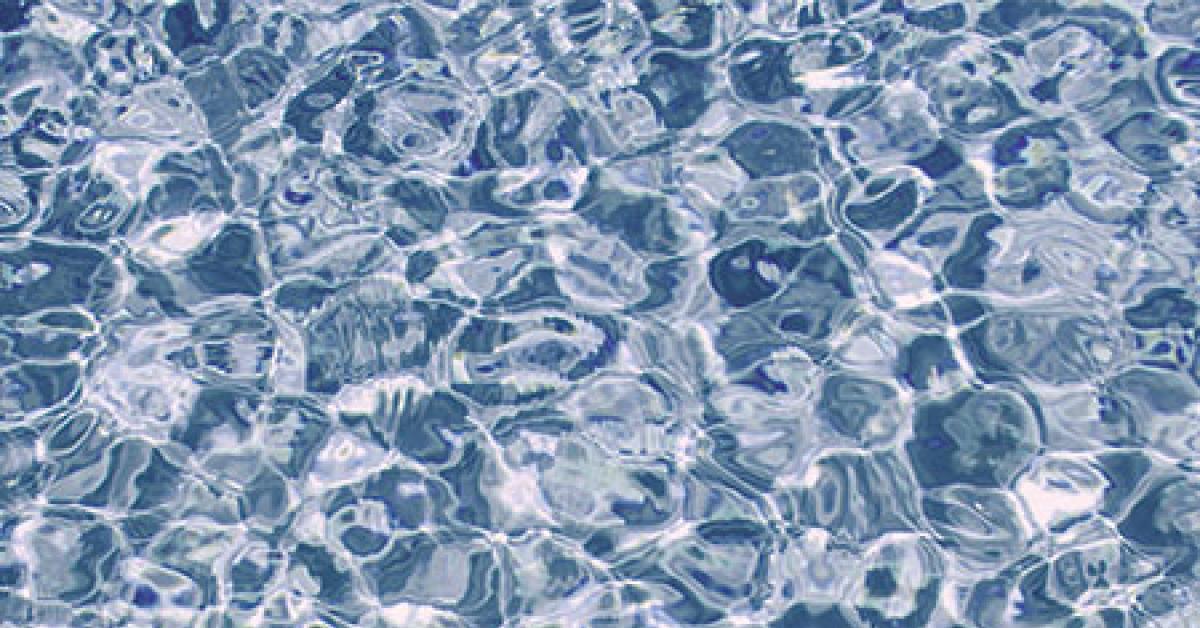MISSISSAUGA, Ontario, Canada — Using water and biodegradable chemicals to clean virtually any garment or fabric, TSC Wetclean is unique here.
The family-owned business operated as a traditional dry cleaner for 20 years before flipping operations up-side down and embracing water. Today, a decade since the switch, the company say it is more profitable and environmentally friendly than ever.
“We go after a lot of items other cleaners don’t because they don’t have the capability to do it,” says owner Dino Kantzavelos. “Water can clean almost anything so we have multiple revenue streams. We aren’t just limited to garments.”
COST BENEFITS
There are cost benefits to wet cleaning, according to Kantzavelos. “Our initial investment was 70% less than the cost of a similarly sized drycleaning machine,” relates Kantzavelos. “Plus, wet cleaning cuts operational costs in half and drastically improves production.”
For example, he notes, a 60-pound-capacity drycleaning machine takes 75 minutes to process one load of dry cleaning. Whereas, Kantzavelos says, it takes 48 minutes to wet-clean and dry the same-sized load using the new system.
How much can a 60-pound wetcleaning machine take on?
“One load might hold 30 wool trousers or 12 suit jackets,” says Kantzavelos. “Wet cleaning is more efficient, and it gives you the capability to process a lot more in the same time frame. Results are phenomenal.”
Through wet cleaning, Kantzavelos notes he has eliminated several costly hassles, including sludge and waste separation and disposal, purchasing solvent, and compliance and fees associated with legislative requirements.
Kantzavelos appreciates the new wetcleaning system’s programmability and maintains it is simple to create new programs to cater to customer needs. The wetcleaning machines allow for complete customization, offering 20 pre-programmed cycles and up to 79 individually modifiable cycles.
All variables are programmable, according to Kantzavelos, including water temperature by degree; wash rotation speed and duration; wash rotation combinations; water levels; bath cool-down by degree; and extract speeds.
If needed, Kantzavelos can set up a wash cycle of as little as three minutes or one lasting for hours. Automatic chemical injection, delayed start and optional overnight soak are icing on the cake, he says.
Once items are wet-cleaned, they are transferred into the dryer and, finally, to finishing, according to Kantzavelos. The dryer offers moisture-sensing technology, smooth stainless drums, drum-rotation control and timed reversing to safely dry virtually any item type, including wedding gowns, coats, dresses and sweaters.
“Items dry faster, the heat control is incredible, and you can control the rotation and direction of the drum so it eliminates tangling,” he says.
“I run everything through the dryer except gowns with beads,” Kantzavelos adds. “I have confidence that nothing will go wrong with even my most expensive garments.”
To read Part 1, go HERE.
Have a question or comment? E-mail our editor Dave Davis at [email protected].
